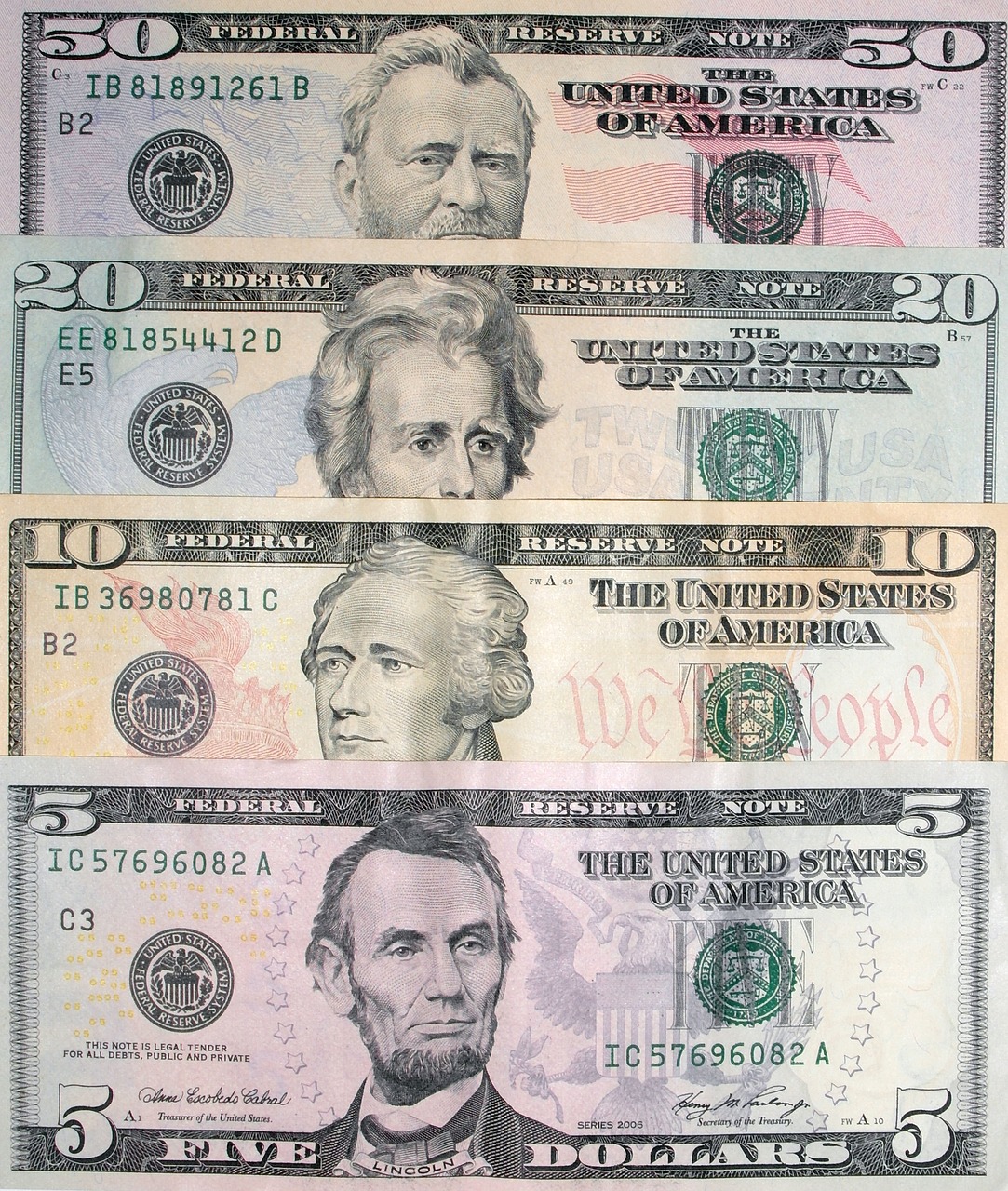In a significant financial milestone, the U.S. national debt recently surpassed the $33 trillion mark. This event coincides with a notable inflection point in the velocity of M1 money, an economic indicator that measures the rate at which money circulates through the economy. Understanding the relationship between these two factors, along with the role of the Federal Reserve Bank’s balance sheet (see below), is crucial for investors and policymakers alike.

Understanding M1 Money Velocity Amid Rising Debt
The M1 money supply includes the most liquid forms of money, such as cash and checking deposits. Its velocity is a measure of how quickly money is being used for transactions and is a critical indicator of economic activity. Historically, the velocity of M1 money tends to decrease when people hoard cash during uncertain economic times.
As the U.S. debt soared to $33 trillion, a level unprecedented in history, we observed a significant shift in the velocity of M1 money. This change reflects a complex interplay of economic factors, including investor confidence, fiscal policy, and inflationary pressures.
The Federal Reserve’s Balancing Act
The Federal Reserve Bank plays a pivotal role in this scenario through its balance sheet management. The Fed’s balance sheet expansion, particularly through quantitative easing and other monetary policies in response to economic crises, has a profound impact on the money supply and its velocity.
While these policies were initially designed to inject liquidity into the economy and stimulate growth, their long-term effects on debt levels and money velocity are complex. The increased debt burden raises concerns about the sustainability of such fiscal policies and their eventual impact on economic recovery and inflation.
Implications for Investors and the Economy
For investors, the inflection point in M1 money velocity in the context of soaring national debt presents both challenges and opportunities:
Risk Assessment: Investors need to be more vigilant about risk management, considering the potential for increased market volatility and inflationary pressures.
Diversification: Diversifying investment portfolios becomes even more crucial in navigating an uncertain economic landscape.
Opportunistic Investments: Certain sectors may benefit from these economic shifts, presenting targeted investment opportunities.
Long-term Strategy: A long-term perspective is essential, as the implications of these changes may unfold over several years.
U.S. Treasury Dollars as a Solution

The intersection of the $33 trillion U.S. debt milestone and the inflection point in the velocity of M1 money marks a critical juncture for the U.S. economy. It underscores the need for balanced fiscal and monetary policies and prudent investment strategies. As we navigate through these uncharted waters, a keen understanding of these dynamics will be vital for economic stability and growth.
In the midst of these economic challenges, one solution that is gaining traction among economists and policymakers is the strategic use of U.S. Treasury Dollars. This approach involves leveraging the U.S. Treasury’s ability to issue currency as a tool for managing economic stability and debt levels.
How U.S. Treasury Dollars Could Help:
Debt Management: By issuing Treasury Dollars, the government could directly fund certain expenditures without increasing debt. This could help in managing the soaring national debt while still providing necessary fiscal stimulus.
Stimulating Money Velocity: Introducing Treasury Dollars into the economy could potentially stimulate the velocity of M1 money. By directly funding government expenditures or public projects, these dollars would quickly circulate through the economy, potentially reviving economic activity.
Inflation Control: If managed carefully, this approach could offer a more controlled method of introducing liquidity into the market, as opposed to traditional quantitative easing, which sometimes leads to inflationary pressures.
Reducing Dependence on Debt-Financed Spending: By using Treasury Dollars for certain government expenditures, there could be a reduced need for debt-financed spending, thus alleviating some of the pressure on national debt levels.
Considerations and Challenges:
While the use of U.S. Treasury Dollars presents a potential solution, it is not without its challenges and risks. These include concerns about inflationary pressures if not managed correctly, the impact on international confidence in U.S. currency, and the need for strong fiscal governance to ensure responsible use of this tool.
M1 Money Conclusion
The introduction of U.S. Treasury Dollars could offer a novel approach to addressing some of the current economic challenges faced by the U.S., particularly in the context of a high national debt and changing money velocity. However, like any economic policy tool, it requires careful consideration and strategic implementation.
As we move forward, it will be essential for investors and policymakers to stay informed and adaptable to these evolving economic strategies. At Invest Offshore, we are dedicated to analyzing these developments and guiding our clients through the complexities of the economic landscape.
Disclaimer: This article is for informational purposes only and is not intended as investment advice. Please consult a financial advisor before making investment decisions.
M1 Money Image by 330228 from Pixabay

Leave a Reply